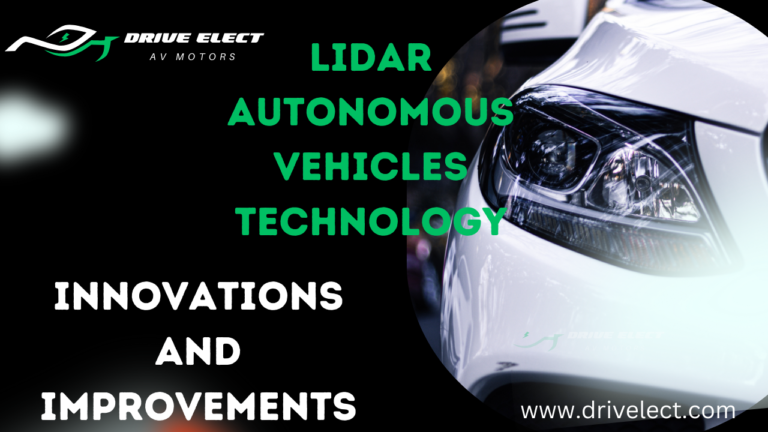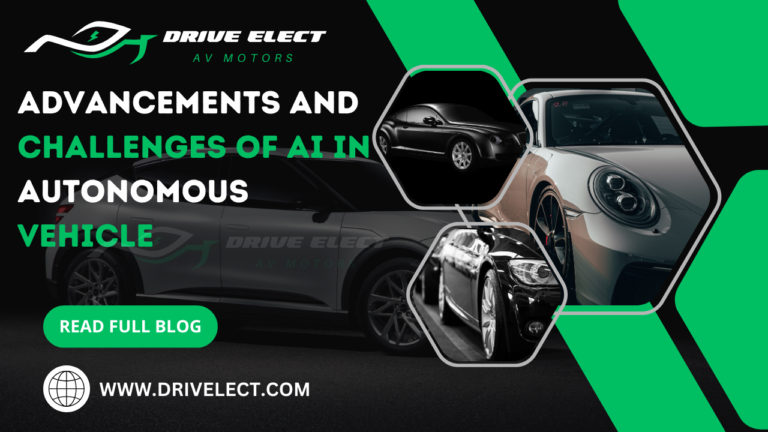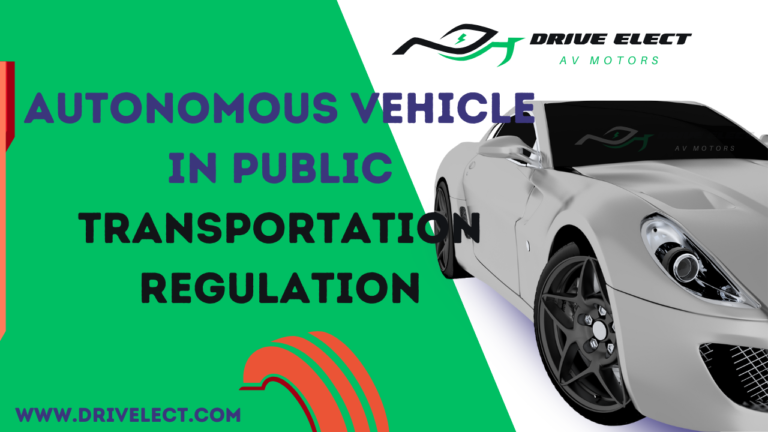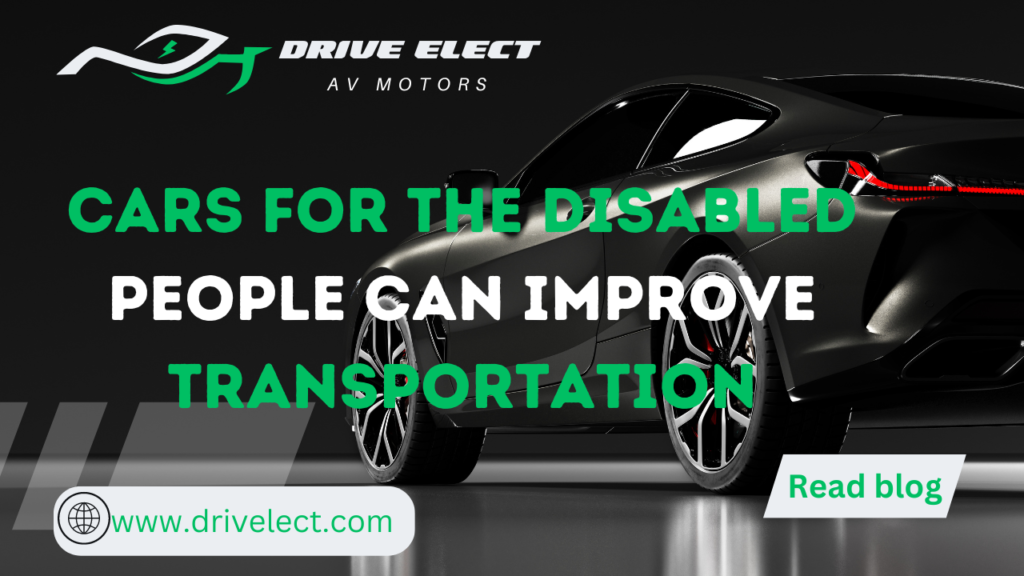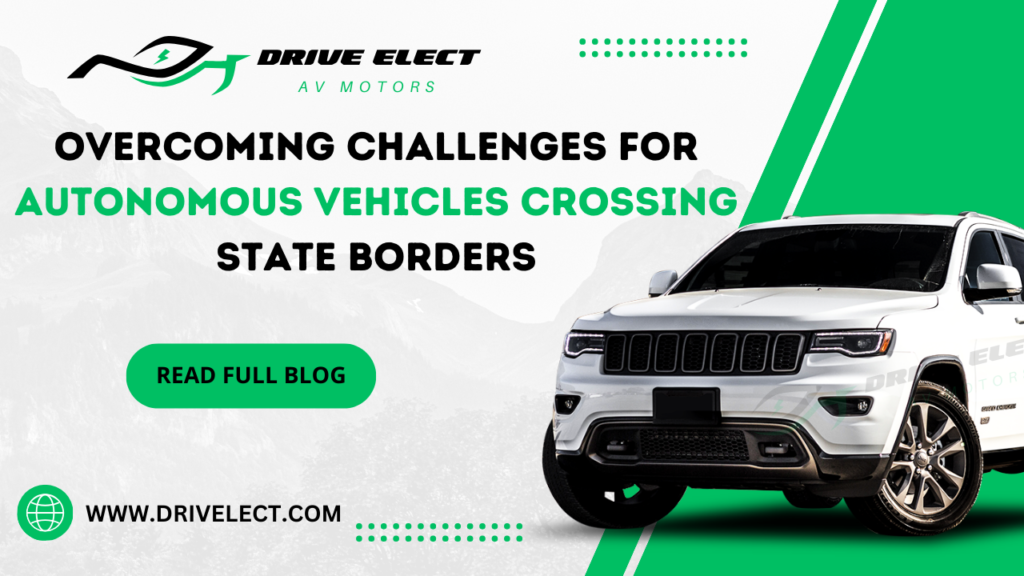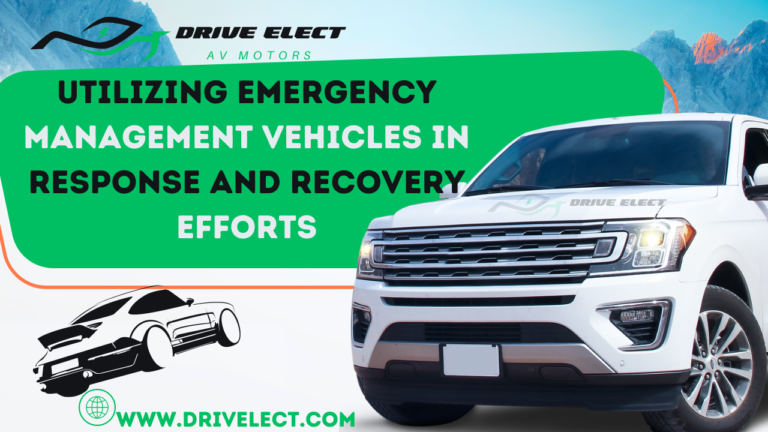Table of Contents
ToggleLidar and autonomous vehicles technology innovations and improvements
Lidar Technology: Shaping the future of AV:
The journey towards creating autonomous vehicles has shifted from being just an idea to becoming real. This change is because AVs have a lot of promise. They are expected to be a big market, predicted to be worth $93.31 billion by 2028. This shows how fast the industry around these cars is growing.
Three main things are driving this growth. First is AI (artificial intelligence), like the car’s brain, helping it make decisions, like when to stop or turn? Second, there is sensor and Lidar autonomous vehicles technology. These sensors are the car’s eyes and ears, understand what’s happening around it.
Finally, networking is essential. This involves connecting the vehicle to other devices and systems. So it can get and share important information, like traffic updates.
The combination of these technologies makes self-driving cars more intelligent and safer. They can handle things like driving in bad weather. As these sensor and lidar and autonomous vehicles technologies improve, self-driving vehicles will become more common and could change how we think about going. This is exciting because it could make traveling easy and safe for everyone.
The Luminary: Lidar technology:
Lidar is a super-critical technology in the world of AVs. Imagine it as a unique tool that helps these cars “see” what’s around them. It uses light, like radar uses radio waves, to make a 3D map of the environment. This is essential for autonomous vehicles.
Lidar sends out light signals and measures how long they take to jump back. This information creates a detailed 3D picture of the environment. This picture includes other cars, people, trees, and even small objects on the road.
It is much more exact than cameras or radar alone. It can see things far away and accurately measure their distance and shape. This is why it’s so crucial for AVs. They must understand their environment well to make safe and intelligent results.
Lidar’s potential seems endless. This is not just about making cars drive themselves. It could change how we think about transport entirely. With Lidar, cars can navigate safely, avoid problems, and react to sudden situations. This can lead to fewer accidents and smoother traffic.
Decoding lidar technology:
Lidar is like a superhero for measuring distance. It works by shooting out tiny laser beams. Then, timing how long it takes for the light to bounce back from objects. This helps it figure out how far away things are.
Lidar sends out rapid pulses of laser light. It then measures the time it takes for each pulse to bounce back after hitting an object. By knowing the speed of light, Lidar calculates how far away each object is based on the travel time of the light pulses.
Each distance is then used to create a three-dimensional map of the vehicle’s surroundings. Lidar autonomous vehicles is very precise. It can detect small objects and changes in landscape with great detail.
Many Lidar systems can spin around, giving them a 360-degree view. This means they can create a complete picture of the area around the car, not just in front or at the sides. The process happens very rapidly, providing real-time information.
This is crucial for autonomous vehicles, which need up-to-date data to make decisions. Unlike cameras, Lidar can work in various lighting conditions, even in darkness.
Lidar’s ability to create a clear, detailed picture of these environments makes it essential for self-driving cars.
Applications across the spectrum:
Lidar can measure raindrops. This helps scientists figure out how intense a storm might be. It’s beneficial for weather predictions. This is great at creating detailed 3D pictures of surfaces. This can be anything from a piece of land to an ancient building. This helps in making maps and studying historical sites.
One of Lidar’s big pluses is that it works well in low light. Lidar and autonomous vehicles still does its job in places where cameras might need to see well, like at night. Its ability to see in the dark and make detailed maps is excellent for safety. For example, it can be used in places like mines or forests, even dark or foggy.
Sometimes, Lidar is paired with other sensors. This helps when more than one type of sensor might be needed. Lidar is flexible and helpful in many areas, not just driving cars. Its strength lies in its accuracy and ability to work in challenging conditions, like low light or bad weather.
Lidar’s role in AV:
Lidar plays a significant role in autonomous vehicles. Lidar and autonomous vehicles technology is very important. These cars face tough challenges, like dealing with the weather and making quick decisions. Sometimes, that’s hard to see in rain, fog, or snow. Lidar and autonomous vehicles can handle these harsh conditions better than just cameras. Lidar says these are quick obstacles, whether a person is crossing the street or falling soon. This helps the car make intelligent, safe judgments in real time.
Lidar is very accurate. This correctness helps the car navigate safely, even in complex environments. Think about lidar and autonomous vehicles technology as a safety net. It keeps working even when other systems might have problems. This makes sure the car can always see and react appropriately.
Reduced costs:
Initially, LiDAR systems were costly. Innovations have focused on making them more affordable. This includes developing solid-state LiDARs, which have fewer moving parts and are cheaper to produce. Lidar autonomous technology paly a important role for reduced accidents.
Miniaturization:
LiDAR systems are becoming smaller, making them easier to integrate into vehicles without affecting their design or cleanness.
Bright horizons ahead:
Solid-state Lidar is a new type of Lidar that is clear-cut. It does not have moving parts, so more reliable and easier to make.
Lidar can use cloud computing. This means it can process a lot of data quickly and efficiently. It’s like having a super-powerful computer in the sky helping it out.
These new Lidar’s are getting cheaper to make. This means more companies can use them, not just those with a lot of money.
They’re also getting better at using less energy. This makes them last longer, especially in battery-powered devices like cars.
Lidar is making things safer and more efficient with all these improvements. For example, in self-driving cars, better Lidar means better road safety.
Challenges and solution:
Using Lidar in cars and other areas has some challenges. One big challenge is making it work well with other sensors. Also, there are rules and safety issues to think about. But the good news is that scientists and engineers are working hard on these problems. They are finding ways to use lidar and autonomous vehicles safely and adequately. This means we can look forward to using this technology more in the future, knowing it’s being handled responsibly.
-
A multifaceted impact:
Lidar is not just for self-driving cars; it’s used in many areas and is changing many things. For instance, it helps map and understand the trees in forests. In dealing with disasters, that is great for planning and rescue. Lidar makes many jobs more accurate and safe. A tool that helps in many different ways, not just on the road. Its ability to make things better and safer in many fields is essential.
-
Customizing the future:
Working together with vehicle software experts is critical to using Lidar well. This teamwork speeds up, making cars safer and more AV. Lidar lights the path forward, guiding us to a future where cars drive themselves accurately and safely. It’s like having an intelligent co-pilot who sees everything clearly and helps the vehicle make good choices. This technology is essential not for creating cars that can drive independently without any problems.


